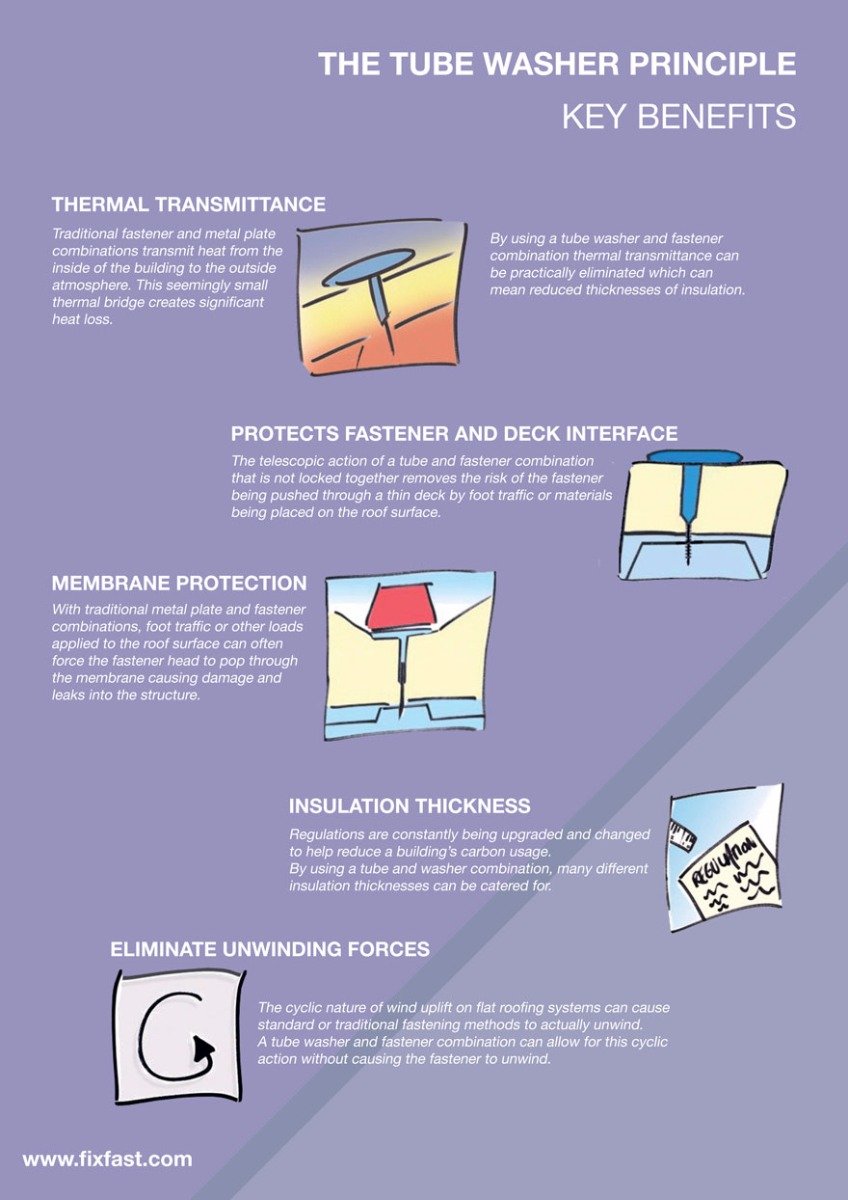The Impact Of Roofing Air Flow On The Success Of Installment Tasks
The Impact Of Roofing Air Flow On The Success Of Installment Tasks
Blog Article
Team Author-Kehoe Curtis
When you're dealing with a roof project, you may not believe much concerning roof air flow, but it's even more critical than you realize. Efficient air flow helps regulate temperature and wetness in your attic room, avoiding troubles like mold and mildew and architectural damages. By recognizing how to create and set up a balanced air flow system, you can boost energy effectiveness and lengthen the life-span of your roof covering products. So, what are the vital elements to think about throughout setup that can make all the distinction?
Importance of Roof Covering Air Flow
Roof covering ventilation plays an important duty in preserving the overall health and wellness of your home. By allowing roofing contractors san antonio, tx to circulate through your attic room, it helps regulate temperature level and dampness levels. This balance is vital to stop warmth build-up throughout hot months, which can cause boosted power prices as your air conditioning burns the midnight oil.
Additionally, appropriate ventilation significantly lowers the risk of moisture-related concerns like mold and mildew. If moisture levels rise, your home's architectural integrity can be jeopardized, resulting in pricey repair work. You wouldn't want to handle decaying wood or warped roof covering products, right?
In addition, sufficient ventilation expands the life-span of your roof. When warmth and dampness are kept in check, your roofing system can perform ideally, avoiding premature deterioration. This indicates fewer frustrations and costs down the line.
How Roofing Air Flow Functions
Efficient roofing air flow relies on the all-natural activity of air to produce a balance between consumption and exhaust. When you set up vents, you're essentially allowing fresh air to enter your attic while enabling hot, stale air to get away. This process assists regulate temperature level and dampness degrees, stopping issues like mold and mildew development and roof damage.
Intake vents, usually located at the eaves, reel in awesome air from outside. On the other hand, exhaust vents, situated near the ridge of the roofing, allow hot air surge and leave. The distinction in temperature produces a natural air flow, referred to as the pile effect. As warm air rises, it produces a vacuum cleaner that pulls in cooler air from the lower vents.
To maximize this system, you need to ensure that the intake and exhaust vents are correctly sized and positioned. If the intake is limited, you won't attain the preferred air flow.
Likewise, inadequate exhaust can catch warmth and dampness, leading to potential damages.
Key Installation Factors To Consider
When setting up roofing ventilation, numerous vital factors to consider can make or damage your system's efficiency. Initially, you need to evaluate your roof's design. The pitch, shape, and materials all affect air movement and air flow option. Make certain to choose vents that suit your roofing type and local climate problems.
Next, take into consideration the placement of your vents. Ideally, you'll desire a balanced system with consumption and exhaust vents positioned for optimal air movement. Area intake vents short on the roof covering and exhaust vents near the peak to motivate an all-natural circulation of air. This setup aids avoid dampness build-up and advertises power efficiency.
Don't forget insulation. Correct insulation in your attic protects against warm from leaving and maintains your home comfy. Ensure that insulation doesn't obstruct your vents, as this can impede air movement.
Lastly, think of upkeep. Choose air flow systems that are simple to accessibility for cleaning and assessment. stone oak roof cleaning ensures your system remains to function successfully with time.
Conclusion
In conclusion, roofing air flow is crucial for a successful installation. By making certain proper air flow, you can protect against heat build-up and wetness problems that lead to pricey damage. When you purposefully setting intake and exhaust vents, you improve energy effectiveness and lengthen the life expectancy of your roof covering. Remember, a well-ventilated roof covering not only secures your financial investment yet also enhances your interior air top quality. So, prioritize air flow to ensure a resistant and economical roofing system for your home.
